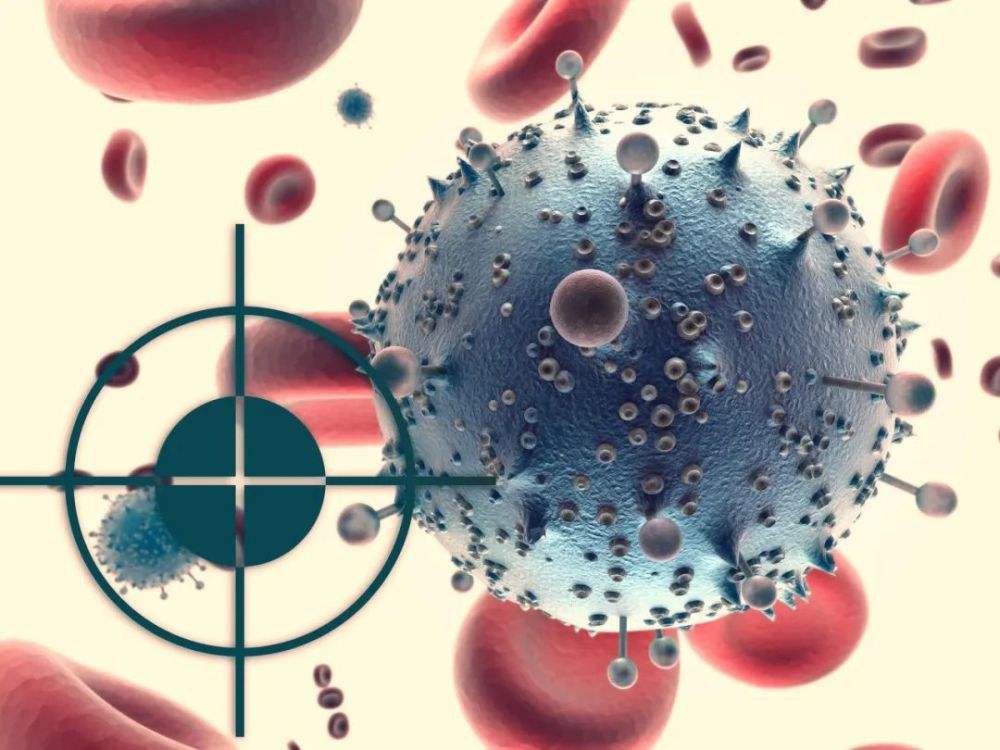Although the research history is short and there are few types of ADC drugs on the market, these drugs play an important role in the field of tumor treatment such as lymphoma, melanoma, and breast cancer. The global demand for ADC development is increasing, and it is believed that more ADCs will be launched in the near future.
1. Analysis of physical and chemical properties: ADCs have more complex structures and higher heterogeneity than monoclonal antibodies, and more accurate and reliable methods are required to be investigated and analyzed from various aspects. The physicochemical properties analysis of ADC mainly includes DAR determination, size heterogeneity analysis and charge heterogeneity analysis.
Determination of drug-antibody ratio: the number of cytotoxic small molecules carried by antibodies in ADC is the core indicator of ADC quality control. Analytical Methods: Mass Spectrometry, UV-Vis Spectrophotometry, Chromatography.
Size Heterogeneity Analysis: ADCs are essentially mixtures that include, in addition to the target product, a small number of components with varying DAR values and molecular sizes. The size heterogeneity of a sample is indicative of its purity and reflects the level of production process. Drugs with lower size heterogeneity have higher purity and better pharmacokinetic properties and safety. Therefore, size heterogeneity analysis is an important step in ADC quality control. Analytical methods: sodium dodecyl sulfonate-capillary electrophoresis, sodium dodecyl sulfonate polyacrylamide gel electrophoresis, size exclusion chromatography.
Charge heterogeneity analysis: When there are many conjugation sites on the antibody, there may be ADCs with different numbers of conjugated drugs in the sample. Conjugation of cytotoxic small molecules can block the charge properties of antibodies to varying degrees, resulting in the presence of charge heterosomes in the sample. Charge heterogeneity is an important feature of ADC, reflecting the homogeneity of the sample, which is related to the quality and effectiveness of the ADC. Analysis methods: imaging capillary isofocal electrophoresis, capillary zone electrophoresis.
2. Analysis of immunological characteristics: As a biological macromolecule, ADC may produce immunogenicity in the human body, causing the body to produce anti-therapeutic antibody (ATA). The combination of ATA and ADC will lead to accelerated clearance rate and reduced efficacy of ADC; in addition, different structures of ADC may produce different ATA, and if ATA of antibody part is combined with ADC, it will contain cytotoxic small molecules Compounds of the drug may reach other non-targeted sites with toxic side effects. Analysis methods: enzyme-linked immunosorbent assay (ELISA), electrochemiluminescence assay, surface plasmon resonance, of which ELISA is the most commonly used.
3. Impurity analysis: Related impurities may be generated during the production and storage of ADC, including accidentally introduced pollutants, process-related impurities, such as free cytotoxic small molecule drugs, residual solvents, heavy metals, endotoxins, etc. Qualitative or quantitative evaluation should be carried out as appropriate. At present, there are few studies on ADC impurity analysis, mainly focusing on the determination of free cytotoxic small molecule drugs, free antibodies and residual solvents.
Determination of free drugs: ELISA method, RP-HPLC, LC-MS/MS, online solid phase extraction technology-RPLC/MS. Analysis of free antibodies: At present, the content of free antibodies is usually obtained by indirect methods. First, the concentration of total antibody and the concentration of successfully coupled antibodies are measured, and then the difference between the two is calculated to analyze the free antibody in the sample. . Determination of Residual Solvents: Proteins were precipitated by organic solvents, and after ADC removal, gas chromatography was used for residual solvent determination.
Due to the complexity of the ADC structure, more attention should be paid to its safety and effectiveness while studying the development, marketing and production of ADCs. The early ADC Mylotarg was withdrawn voluntarily by Pfizer due to severe fatal liver injury and lower survival benefit in the treatment group. safety. At the same time, using simple methods to obtain more information and conduct a more comprehensive and accurate analysis of the uniformity of ADC products also requires the unremitting efforts of researchers.









